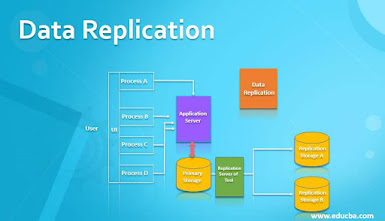Why Should You Use Database Replicating Software
Replication is the process of copying data from a database or a centralized warehouse to another storage repository. The source from where the data is moved is called the publisher and the point to which it is moved by the replicating software is known as the subscriber.
Since the
data is only replicated at multiple locations, all users have access to the
same day regardless of whether it is situated in the publisher or the
subscriber. Typically, a file server called the disconnected subscriber links a
subscriber to a remote location or a laptop.
Now, why
should you use replicating software?
In the
modern data-driven business environment, there is a need to have copies of
their database as protection from data breaches or data loss. Even though the
simple procedure is to have a snapshot of the database and store it, this
solution does not take into account changes in the data occurring continually
in the source database and hence, the backup is not updated.
In such
circumstances, replicating software takes care of this issue. The
software replicates data continually from the source database and stores it at
one or more remote locations and even on the same server.
Hence,
data availability is never a problem, regardless of a crash or outage in the
primary server. In such cases, databases in remote locations are automatically
triggered and work is not disrupted. When the matter is resolved, the primary
server is updated with all data and records that occurred during the break
period.
Most
popular database management systems have built-in replicating software so
that data can be copied and kept updated in multiple locations at all
times.



Comments
Post a Comment